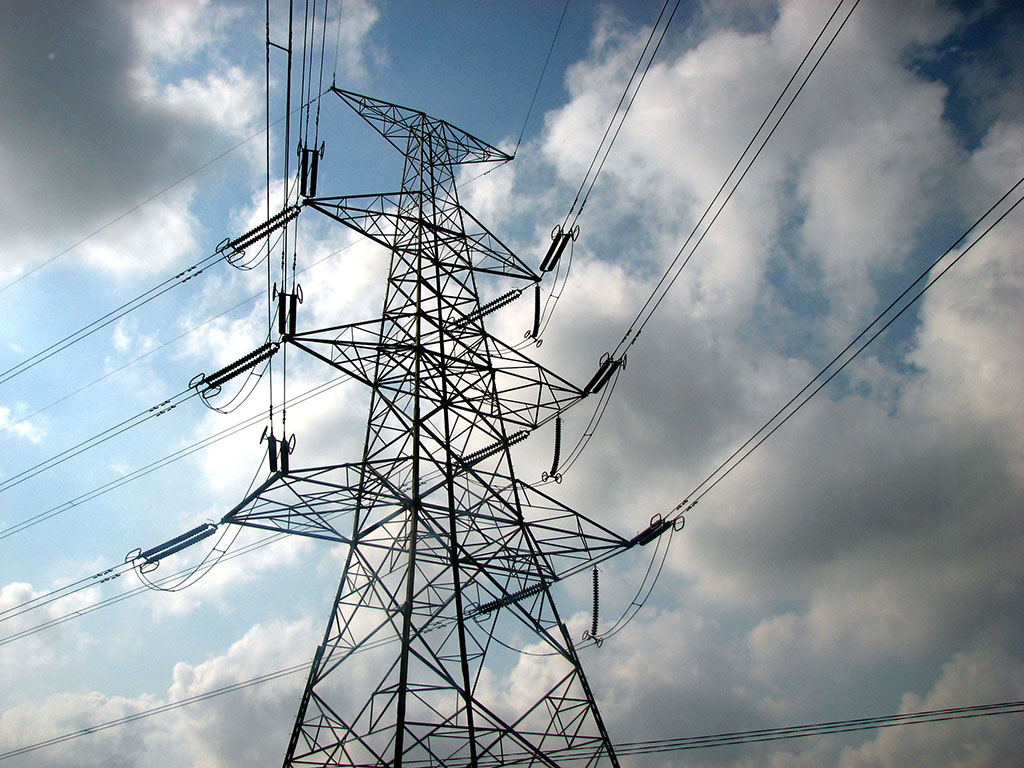China’s National Energy Administration (NEA) has published a consultation document that could offer a roadmap for an 18-month transition to ‘grid-parity’ solar.
The Work Plan for the Construction of Unsubsidized (Grid-Parity) Projects for Wind & Solar PV consultation paper released by the NEA on Wednesday emerged from weeks of negotiations between the Beijing authorities and solar industry stakeholders in the Chinese capital.
An emphasis on prioritizing PV projects that operate without central subsidies was obvious, with the NEA making only vague noises about an intent to establish a national bidding process to permit subsidized schemes “in the months ahead”, according to Chinese consultancy AECEA, which has reported the contents of the consultation paper.
According to AECEA, the paper posits a freeze on bidding rounds for subsidized PV projects until the first batch of unsubsidized schemes was dealt with. Under the terms of the consultation paper – which would apply until the end of next year, to run alongside China’s 13th Five-year Plan – details of the first round of unsubsidized ‘grid-parity’ schemes would have to be submitted to national authorities by April 25.
Abolish or reapply
When that deadline expired, in two weeks’ time, priority would be given to historic projects which were secured in the expectation of FIT payments but which opted to become grid-parity facilities. After those, new grid-parity schemes would be considered and subsidized projects given “last” priority, reported AECEA. Details of subsidized PV projects would have a deadline of May 31 for submission to the authorities.
Projects which had yet to start construction two years after securing approval – or within any previously agreed extension period – would face either resubmitting bid applications under the new regime or being abolished, said AECEA, which estimated 7.8 GW of such projects would face that decision under the quota system plus a further 32 GW of capacity outside the quota.
AECEA said the success of a grid-parity policy push would hinge on the ability of China’s state-owned grid companies – the State Grid Corporation and the China Southern Power Grid Corporation – to guarantee transmission and consumption of all the solar power generated by subsidy-free projects under PPAs of at least 20-year durations, a commitment they and other grid operators would be bound to by the consultation paper.
Subsidy-free PV for Europe, benchmarks, timeframes...
As China enters an 18-month transition to subsidy-free PV, how far is Europe from successful subsidy-free solar project models? What are the key benchmarks required for subsidy-free utility scale arrays, and what are the technologies available to make this a reality?
Deep dive into the topics at the Future PV roundtable @ Intersolar Europe, in Munich, on May 16
Meet expert speakers Walburga Hemetsberger, CEO, SolarPower Europe, Jenny Chase, Manager, Solar Insight Service at Bloomberg New Energy Finance, and Lior Handelsman, VP Marketing and Product Strategy, Founder, SolarEdge and many more…
Transition period
The analysts also reported the consultation document announced an NEA intent to finalize the details of its previously trailed green electricity certificate program by the end of June. The renewable obligation scheme has been highlighted by some analysts as another key factor in the push for grid parity solar.
AECEA warns the disruptive nature of the new announcement would make it impossible to reliably estimate how much solar capacity will be added in China this year, with current estimates hovering around the 40 GW mark. The analyst stated the consultation paper staked out the territory for a Chinese solar market comprising grid-parity and subsidized PV until the end of next year, ahead of a hoped-for subsidy-free marketplace from 2021 onwards.
This article was amended on 12/04/19 to reflect the document is for consultation purposes and has not yet been adopted as formal policy.
This content is protected by copyright and may not be reused. If you want to cooperate with us and would like to reuse some of our content, please contact: editors@pv-magazine.com.




1 comment
By submitting this form you agree to pv magazine using your data for the purposes of publishing your comment.
Your personal data will only be disclosed or otherwise transmitted to third parties for the purposes of spam filtering or if this is necessary for technical maintenance of the website. Any other transfer to third parties will not take place unless this is justified on the basis of applicable data protection regulations or if pv magazine is legally obliged to do so.
You may revoke this consent at any time with effect for the future, in which case your personal data will be deleted immediately. Otherwise, your data will be deleted if pv magazine has processed your request or the purpose of data storage is fulfilled.
Further information on data privacy can be found in our Data Protection Policy.